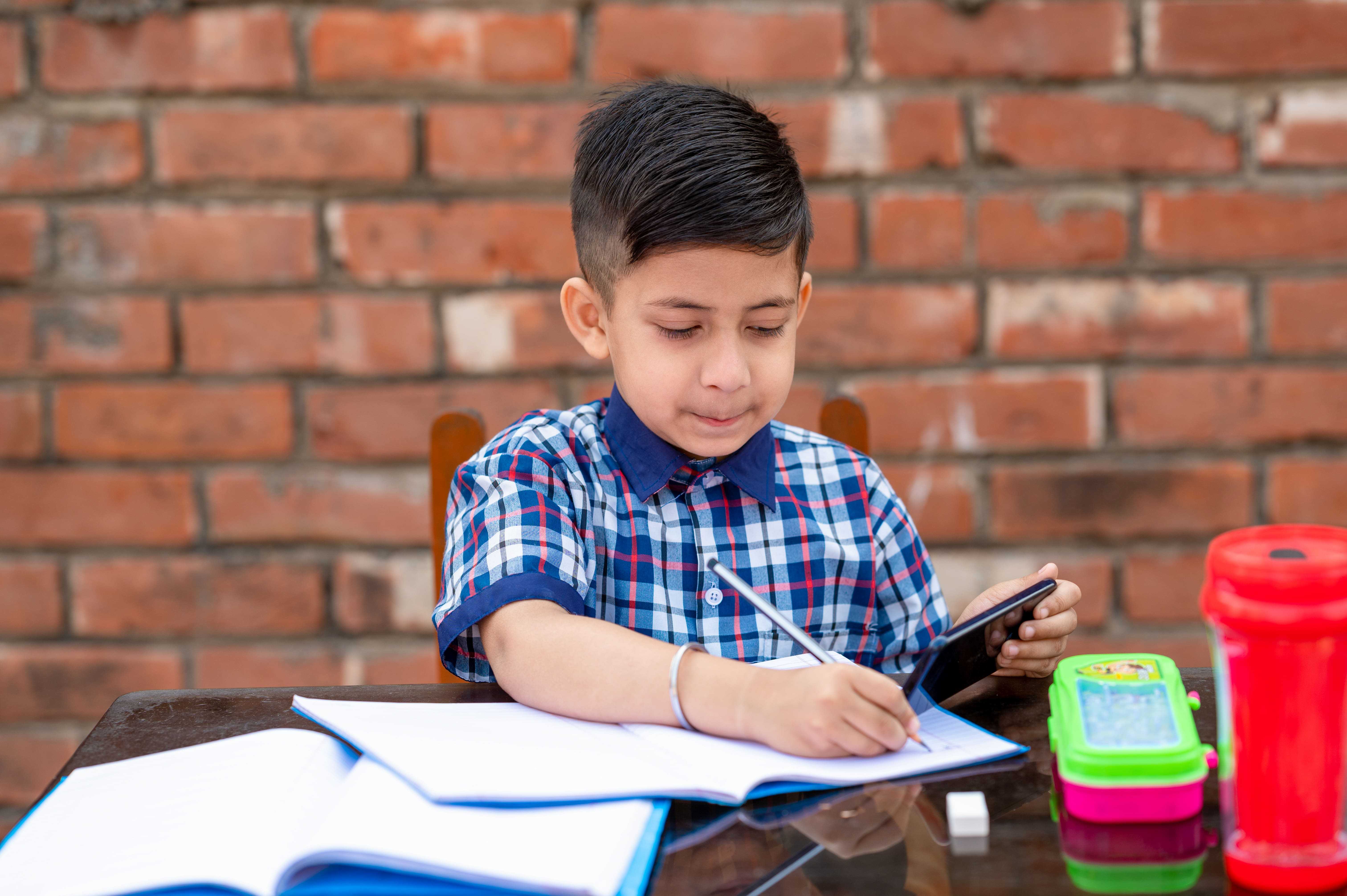Technology has made sweeping changes to every industry around the world. Its ever-growing presence compounded by the wide-ranging nature of the Internet has enabled transformations that have benefited millions of people. Education too has experienced a vast advantage by amalgamating proven pedagogical practices with modern, technology-driven ones to improve the quality of learning. In fact, it was John Dewey, the leading American philosopher, psychologist, and educational reformer who, in support of educational reform, once said, “If we teach today as we taught yesterday, we rob our children of tomorrow.” The Indian landscape is primed for embracing technology across various sectors. Its recent digital empowerment came from the government’s ‘Digital India’ program that sought to make services accessible to its citizens through electronic mediums. This initiative paved the way for higher adoption of digital literacy in the country – more and more educational institutions and schools began to adopt interactive teaching methods that could provide an engaging learning environment for students. “Technology makes it possible for students to visualize what they cannot see in real life like the structure of an atom”, remarks Mr. Anil Mammen, Chief of Learning Design, Tata ClassEdge. “It helps them manipulate values like temperature and pressure and see their impact on objects. It helps them connect to a world of resources, experts and curious peers.” While grand explorations are being made to introduce newer software to aid the process of teaching in classrooms, technology has also percolated into the after-school learning space. Today, it has become a “preferred medium of supplementary learning”. Over the last decade, several digital learning programs began to incorporate elements like puzzle cards, short videos, worksheets, practice exercises, games, and more. In doing so, these platforms have changed the way students learn.
Introduction to Personalised Learning
The most visible change in learning is the adoption of technology-influenced personalised learning, also referred to as adaptive learning. This learning method draws from Confucius’s theory of “teaching students according to their aptitude”. Here, the focus shifts from just delivering learning content to understanding the needs of the learners, their strengths, weaknesses and their individual experiences in order to make the whole experience more learner-centric. Breaking away from traditional pedagogy, it is designed to meet the specific needs of every child. According to a report on higher education by Adams Becker et al., “Adaptive learning refers to the technologies monitoring student progress, using data to modify instruction at any time”. Moving beyond creating customized plans, personalized learning also makes room for changes in accordance with a child’s performance. A prominent platform in the education arena that approaches personalization through a study plan route is Studi. A product of Tata ClassEdge, Studi helps students plan their learning schedule, track their performance and evaluate their confidence.
Creating Independent Learners
In creating a plan that is unique to every learner, Studi allows students to select their preferences, set a goal and work towards it. Learners are encouraged to take active part in the process of learning through planning, responding to reflective questions, practice activities, problem-solving and self-tests. Engaging them sets the stage for self-motivated, independent learners who are accountable for their performance. As Mr. Anil Mammen points out, “The aim of education is to equip students to set goals for themselves, not just to pursue given goals. Studi has been designed to make the learner take charge of learning.” Moreover, technology enables the subject matter to be broken into shorter chunks or videos of bite-sized information. It departs from the traditional voluminous textbooks, rote learning and a top-to-bottom flow of information. In fact, most of Studi’s videos are within five minutes as research suggests that lengthy videos strain the attention of a student.




